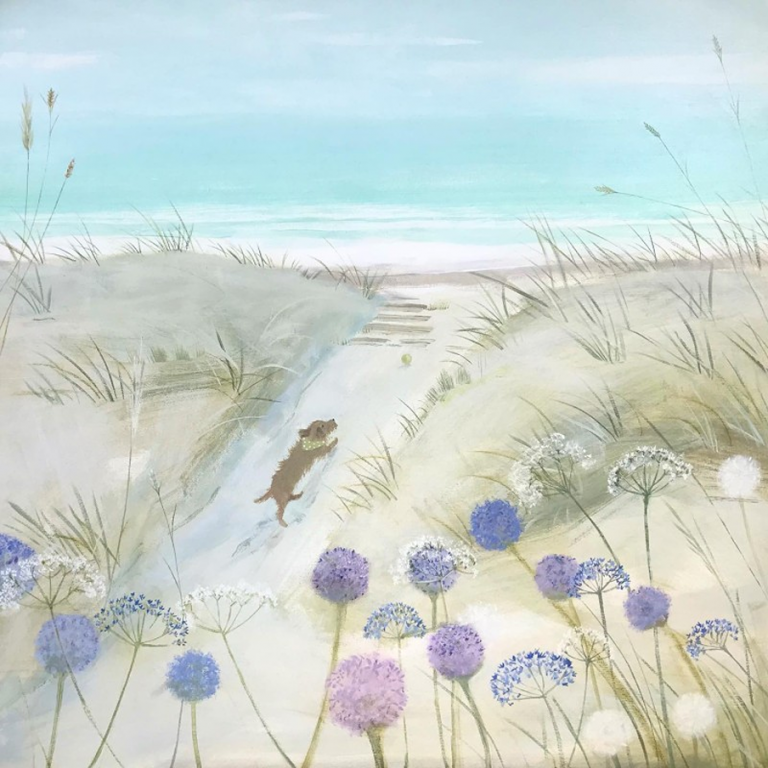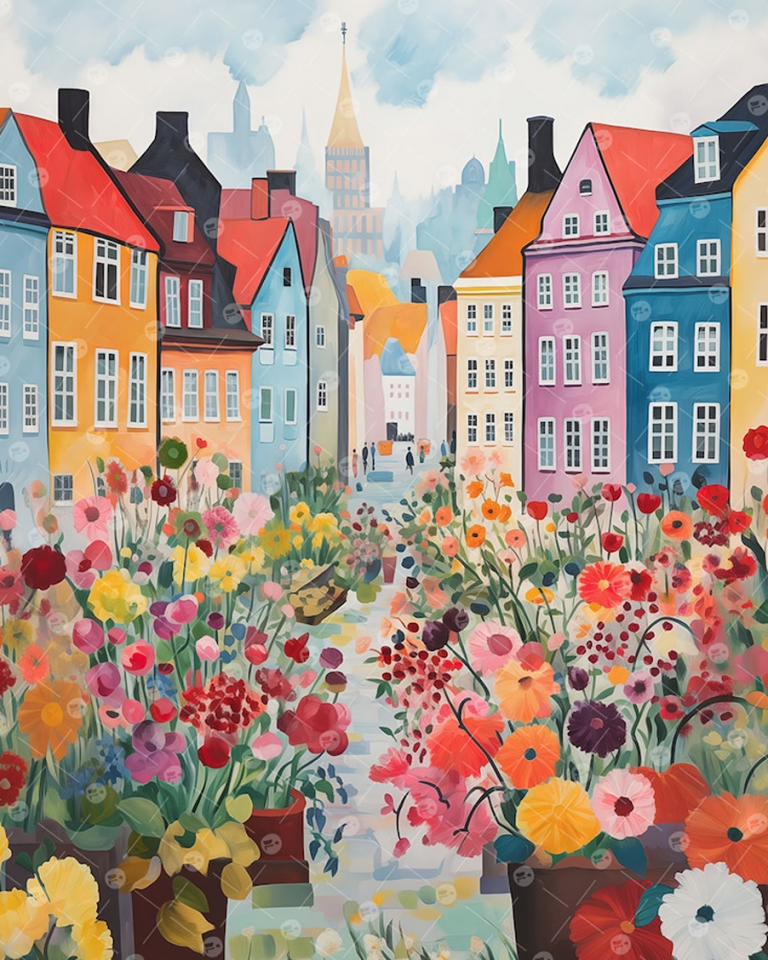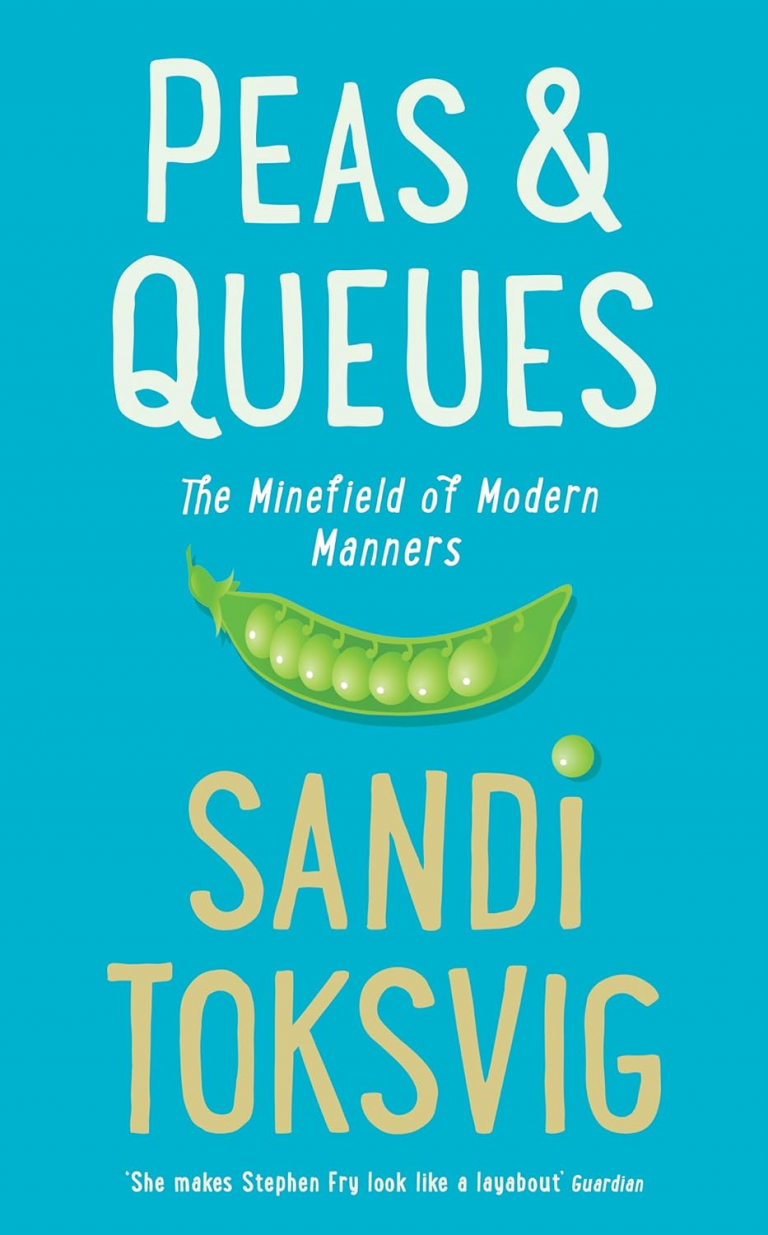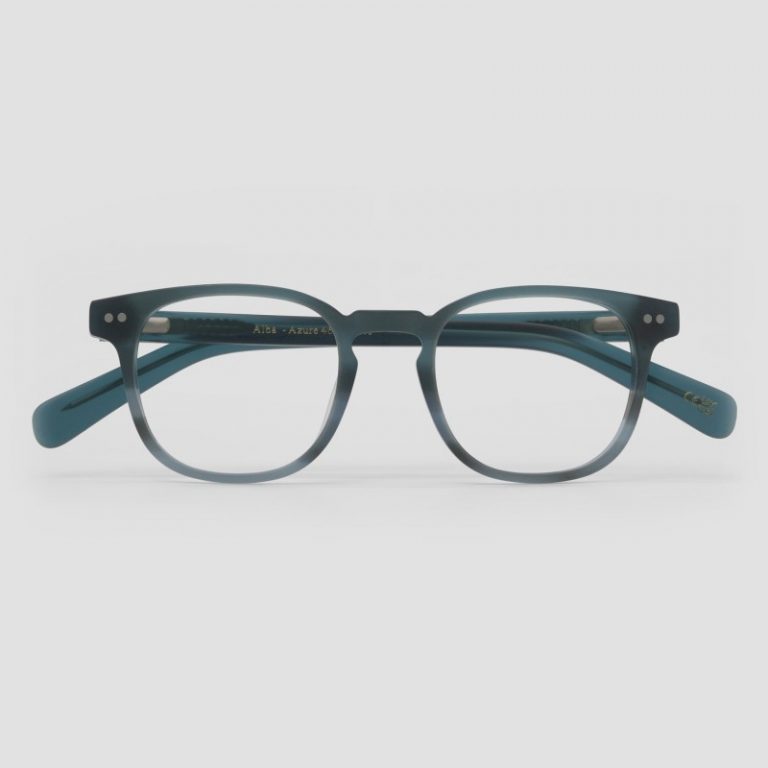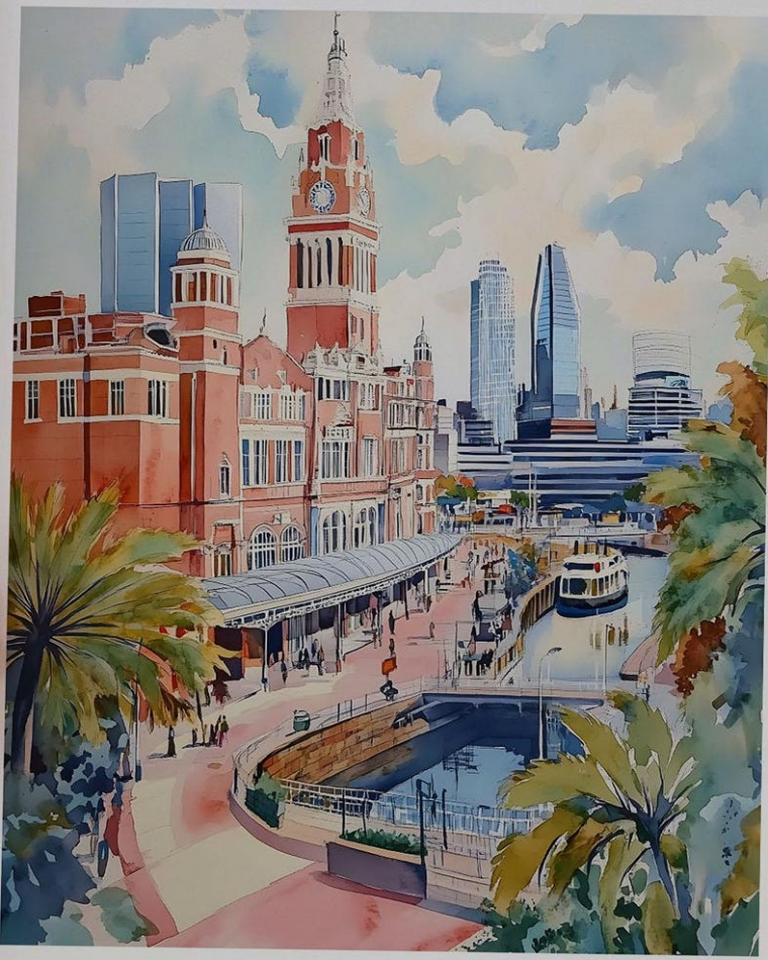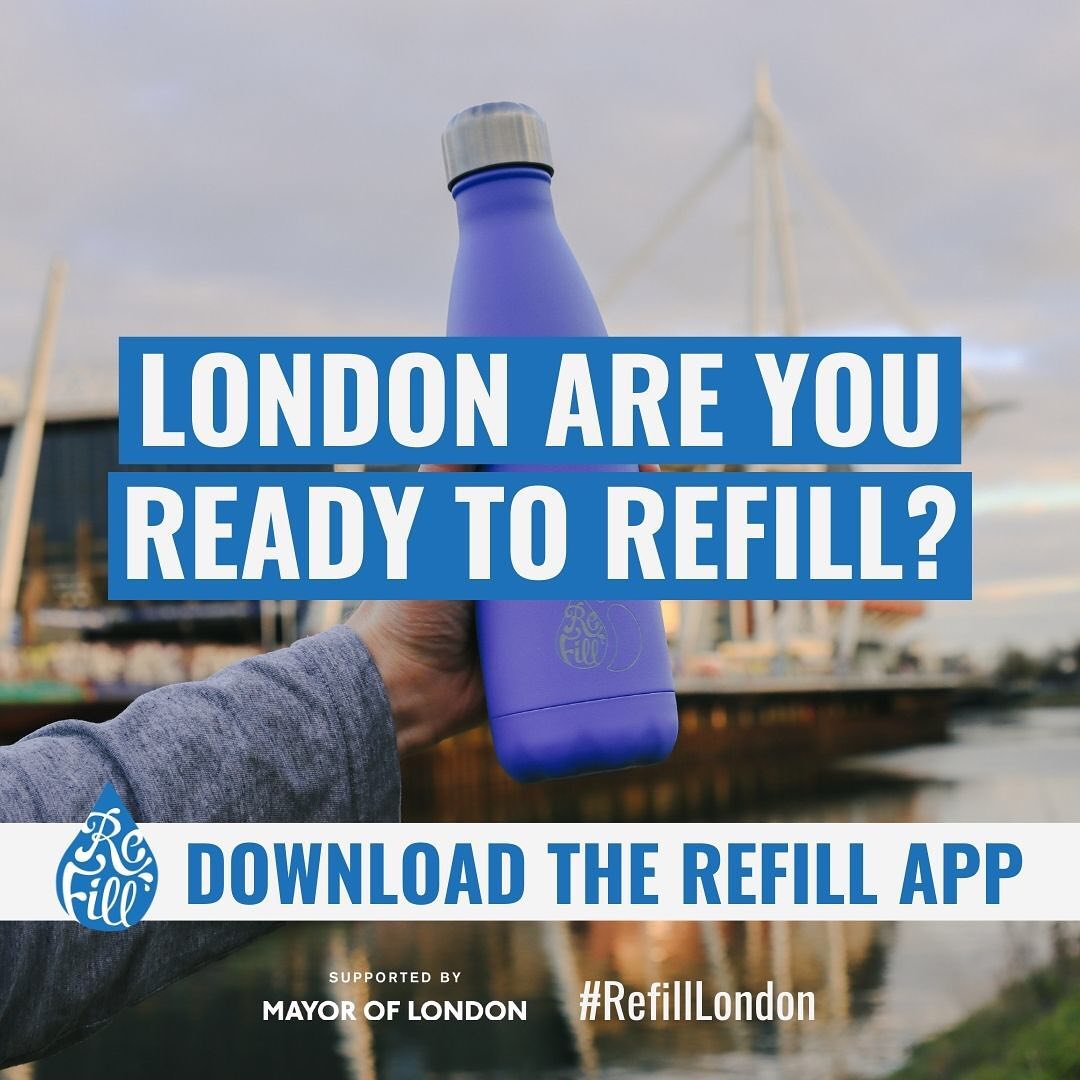
Plastic bottles pile up on beaches, parks, and city streets every day. People are more aware than ever of the waste caused by throwaway bottles, and refilling water on the go is more than a trend. Urban areas like London and cities across California are seeing a rise in free water refill stations and public fountains.
These spots make it easy to stay hydrated and save money, all while cutting down on plastic waste. Whether you’re a London commuter, a dog walker or just someone keen to refill your bottle, finding a refill station has never been simpler.
How to Find Tap Water Refill Stations
Refill stations are popping up all over cities and towns, making it easy to get a quick top-up. Knowing where to look and how to spot them turns any water bottle into a money-saver.
Refill is the national (and international) campaign to encourage the use of safe tap water, to reduce single use plastic. Shops, restaurants, hotels, offices, councils, universities, colleges, schools and communities can all get involved.
It basically means that when residents or tourists are thirsty and have no access to water on their person, they can use the free app (or find notices if they don’t use apps) to find a local refill station, to fill their water bottle, or find a drinking water fountain. So they don’t have to buy bottled water. Good for the planet, reduces litter and saves money.
Refill will help you get started, along with PR training to get the word out, and marketing materials.
Although some places abroad can be a bit dodgy to drink tap water, in the UK it’s perfectly safe (there are issues with adding chlorine and fluoride) but neither will kill you. Tap water is also hugely cheap, compared to bottled water (it will cost you around £2.50 to drink 2 litres per day for a year).
If tap water is cloudy, this is usually due to sediment build-up in the pipes caused by too much air, or dissolved minerals, which give a milky appearance. It should be harmless due to UK quality checks, and more common in hard water areas.
Refill London City
This scheme is particularly popular with London boroughs, as 90% of people living in our biggest city own a reusable water bottle, and most say they would stop buying bottled water, if they knew there was free tap water nearby.
An estimated one billion single-use plastic bottles are used in London each year (obviously including tourists), with water bottles being responsible for half of all drinks litter bottles found in the Thames river.
There is no such thing as ‘away’. When we throw anything away, it must go somewhere. Annie Leonard
The app’s coverage is strongest in busy areas like central London. Many coffee shops, restaurants, and public buildings log themselves as refill points on the app. If Refill does not cover your area, look into apps like FreeTaps (you can also add free tap water locations).
Big cities usually have more refill options, especially in transport hubs, shopping centres, and around tourist spots.
Spotting Free Water Fountains and Public Refill Points
If apps aren’t your thing, look for refill stations the old-fashioned way.
Most cities place public fountains or refill points in:
- City centres and squares
- Parks and green spaces
- Train stations and airports
- Libraries and museums
Refill points in these areas are often marked with a small blue water droplet or bottle symbol. In the UK, many pubs and cafés also welcome people popping in to fill their bottle. Don’t be shy. A quick conversation with a staff member nearly always leads to a friendly fill-up.
Key Locations to Check:
- Shopping centres
- Playgrounds
- Outdoor gyms
- Community centres
In Italy, every town and village has a concrete public water drinking fountain. So why not in England? Some local councils have even filled them with cement, rather than fresh drinking water?
Obviously since COVID especially, water fountains need to be safe (modern ones have two different heights, to serve people in wheelchairs).
But despite their rarity in England today, public drinking fountains have actually been around since the 100s, when the Metropolitan Free Drinking Fountain Association began to ensure that people in London had access to free safe water. The first fountain (in London church) had 7000 visits a day. And the city used to have 800 drinking fountains, with hundreds of thousands of users.
So what happened? Some suspect that due to England now being not a nation of independent shops but of big shopping malls, airports and petrol stations, that monies given to councils for rent, results in a conflict of interest. If people did not buy lots of bottled water, these chains may close, and councils would then lose rent.
California’s ‘Fountain of Woof!’
Beyond public fountains and cafés, local groups are shaking things up. California’s ‘Fountain of Woof’ is a perfect example. This clever station in the Northern Californian dog-friendly town of Carmel, provides water not only for people but also for dogs, blending pet-friendly spaces with hydration for all.
‘Fountain of Woof’ sits at the heart of the town, and features a concrete dog statue, that spurts out fresh water for thirsty hounds.
Tap Water Safety and Cost in England
One common worry about using refill stations is whether the tap water is safe. The answer in England is almost always yes. Plus, the cost difference between a refill and bottled water is eye-opening.
Tap Water Quality and Safety in England
Tap water in England is tightly regulated. It’s tested by local water suppliers hundreds of times each year. Safety rules are monitored by the Drinking Water Inspectorate. All public refill stations, fountains, and taps must meet the same quality standards as home taps.
What about cloudy tap water? Sometimes, when first poured, tap water in England looks cloudy or white. This usually comes from harmless air bubbles trapped under pressure – give your glass a minute, and it clears. If it stays cloudy, it’s worth letting your water supplier know just in case.
All refill stations in public areas hook up to the same safe supply as homes. You’re not drinking anything different from what you’d get in your kitchen.
Refilling vs Bottled Water: Cost and Environmental Impact
Tap water isn’t just safer for the planet, it also saves cash. Here’s a quick look at how costs stack up:
- Tap (refill) costs less than a penny per litre in England, with unlimited refills, and no plastic.
- Bottled water costs around 50p to £1.50 per bottle, you have to buy new bottles daily, and most water bottles on sale are made from plastic (or glass, so you then have to find a recycling bin).
If you buy a standard 500ml bottle of water from a shop at £1, that’s £20 or more a month, if you buy one each day. Refilling from a public tap, you’ll struggle to spend over £1 for a whole year.
The environmental case is just as strong. England sees millions of water bottles littered each year. They clog drains, pollute rivers and break into tiny particles that harm wildlife. Refill stations cut this waste to almost zero, especially when people use long-lasting bottles instead.
Conclusion
Finding a tap water refill station is easier now than ever. With handy tools like the Refill app, eye-catching blue water droplet signs and help from community projects, anyone can skip bottled water with hardly any extra effort.
Refilling isn’t just free or nearly free, it’s also safer for the environment and your wallet. Tap water in England meets strict safety rules, and any doubts about cloudy water can be put to rest with a little patience or help from your water supplier.
Next time you’re thirsty on the go, check your surroundings or open a refill map. Share tips with friends, family or colleagues. Each refill means one less plastic bottle on the ground or in the ocean. Small choices like these add up, one simple refill at a time.

